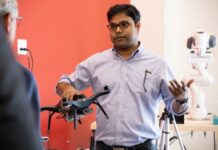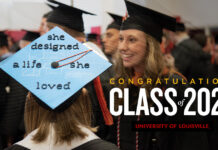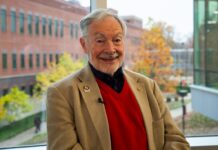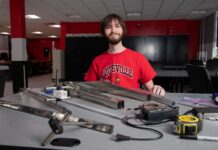LOUISVILLE, Ky. — Friend or foe? Fast or slow? Left or right? As an object approaches, people have to assess what and where it is to know how to respond.
Leslie Ungerleider and Mortimer Mishkin, two National Institute of Mental Health researchers, have won the 2012 University of Louisville Grawemeyer Award for Psychology for their “what and where” idea of how the brain works.
The two scientists were the first to show that the brain uses separate visual processing systems to recognize objects and fix their location. Their finding that the cerebral cortex is organized into two pathways—one for each function—has led to a series of other important discoveries about the brain, said award director Woody Petry.
“Few ideas have been so influential on the field of psychology and neuroscience,” Petry said.
Researchers building on the “what and where” pathways idea have established how the brain recognizes faces, words and body parts and how it controls our attention, eye movements and spatial memory. Studies also are under way to learn whether the brain divides up its perception of other sensations such as hearing and touch.
Ungerleider and Mishkin were selected for the prize from more than 20 nominations.
UofL presents four Grawemeyer Awards each year for outstanding works in music composition, world order, psychology and education. The university and Louisville Presbyterian Theological Seminary jointly give a firth award in religion. This year’s awards are $100,000 each.
For more details on the awards or to download photos of Ungerleider and Mishkin, see www.grawemeyer.org
























